Saint Procopius Basilica
Not so far from the city center, there is the largest landmark of the Žižkov district, Saint Procopius Basilica. Its donjon towers the surrounding buildings at 73 meters.
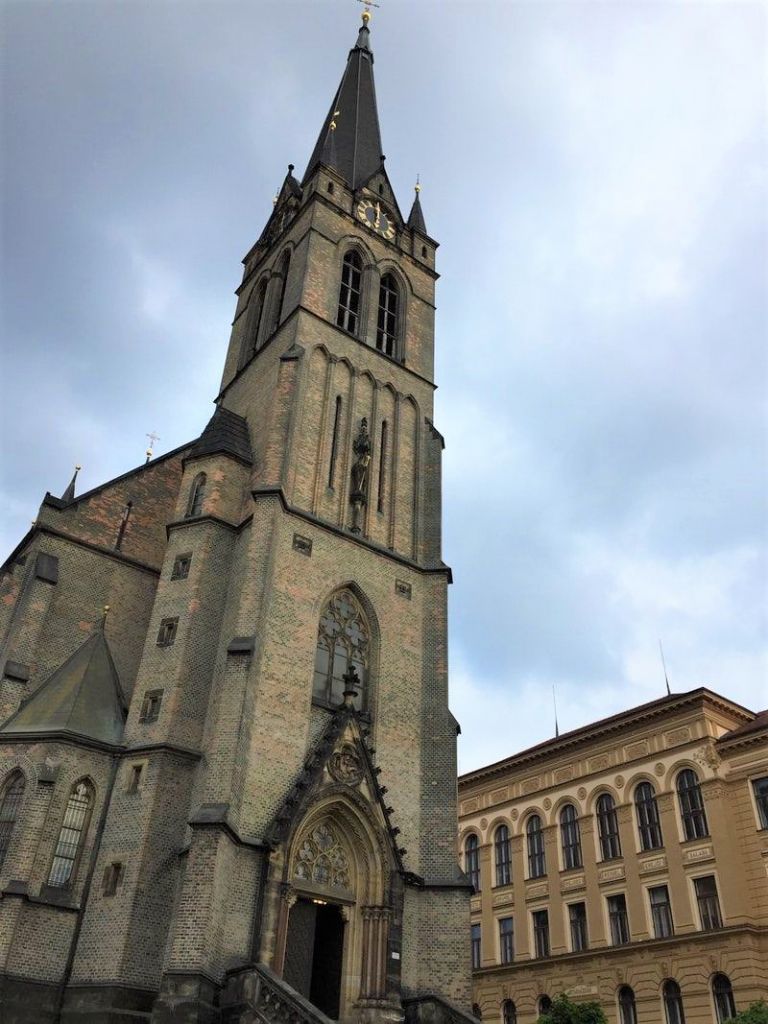
The temple was built more than 100 years ago and was named in honor of St. Procopius, who lived in the 10th and 11th centuries. His relics are still kept in the temple.
Like many religious buildings in Prague, Saint Procopius Basilica is made in the neo-Gothic style, and the architects were Josef Mocker and František Mikš.
The front face is decorated with an unusual composition depicting three figures: the Virgin Mary with the baby Jesus in the middle, St. Procopius himself to her right and Josef Mocker, one of the architects, on the left side. Interestingly, the figure of the architect holds a miniature basilica model in his hands.
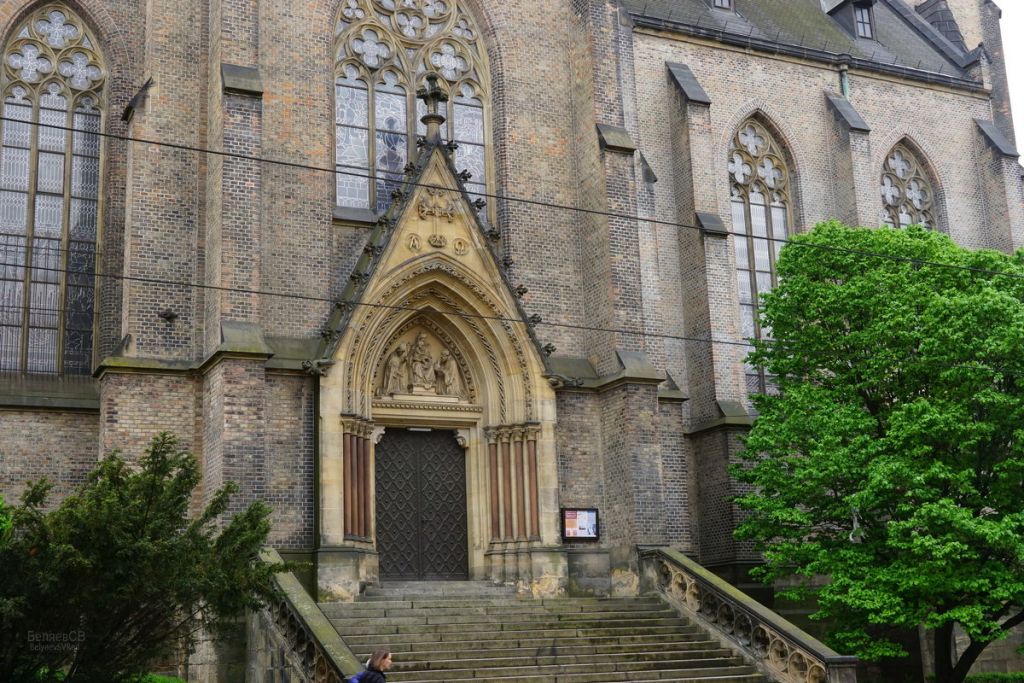
Charles Bridge
Prague is famous for its numerous bridges. One of them is Charles Bridge, which spans Malá Strana and the Old Town, two historic districts of the city.
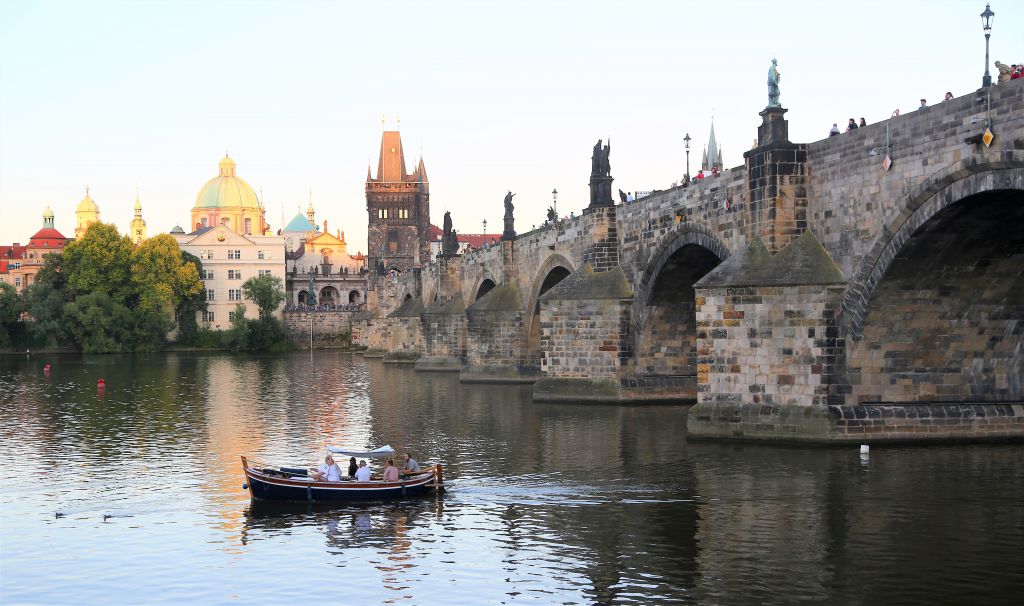
Charles Bridge not only helps people move from one bank to another – it is also one of the most popular sights of the city. Throughout its history, it “experienced” the launch of the first trams, the trample of hoofs of knights’ horses and the volleys of weapons shooting into it.
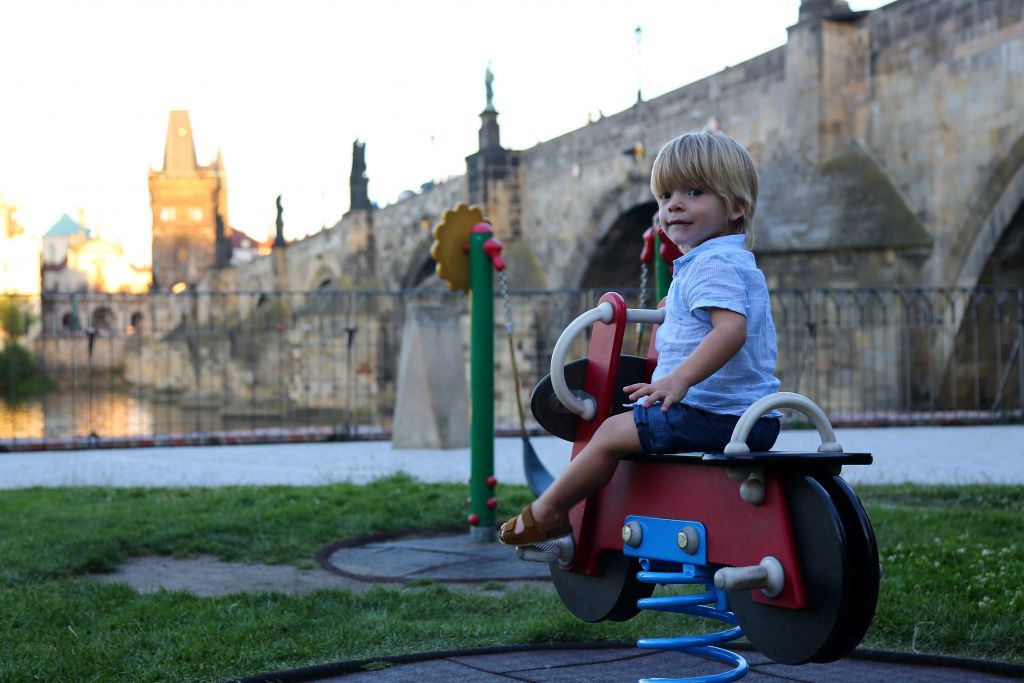
There is a curious story behind the bridge construction. A famous astrologer and sorcerer calculated the exact time for laying the touchstone – July 9, 1357, 5.31 a.m.
According to the astrologer, this digit pattern was supposed to provide the bridge with long service. And, by pure luck, the bridge survived numerous wars, fires and other destructive events.
There is also another opinion about the bridge’s strength. Studying its composition, scientists found unusual ingredients in it such as eggs (an addition to clay and lime), sugar, cottage cheese, beer and even bull blood.
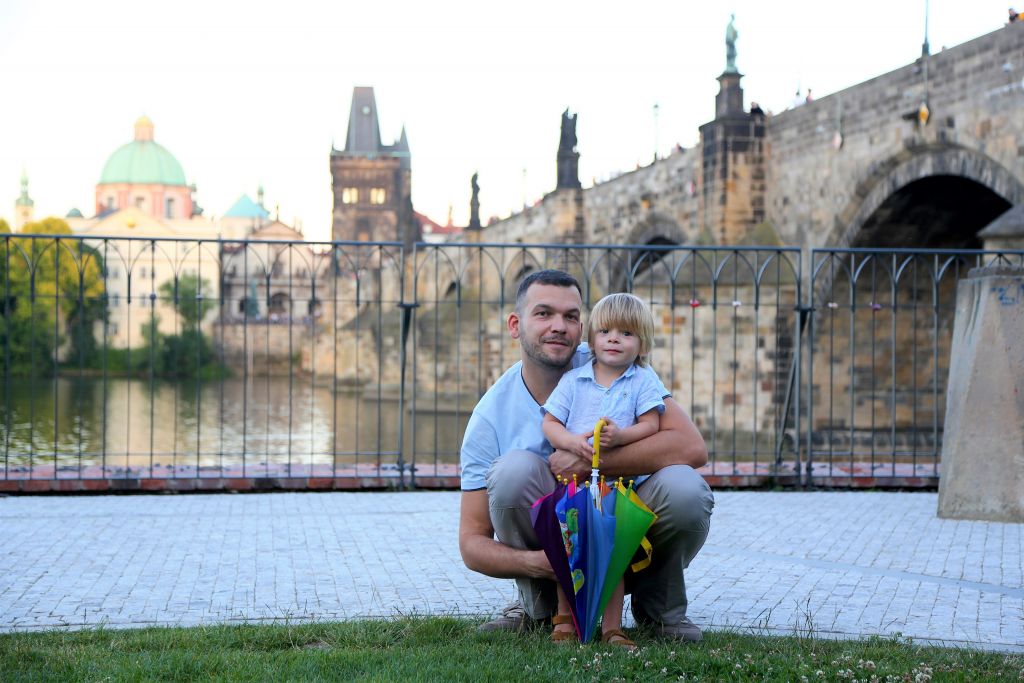
Today, Charles Bridge is a real museum. It has 32 statues in the Baroque style along its entire length: the Crucifixion, the Sculpture of Saint Philip Benicia, the Statue of John of Nepomuk and others.
The Palacký Bridge
Another remarkable construction on the Vltava is the Palacký Bridge. It joins the Old Town district and the more modern and industrial Smíchov district.
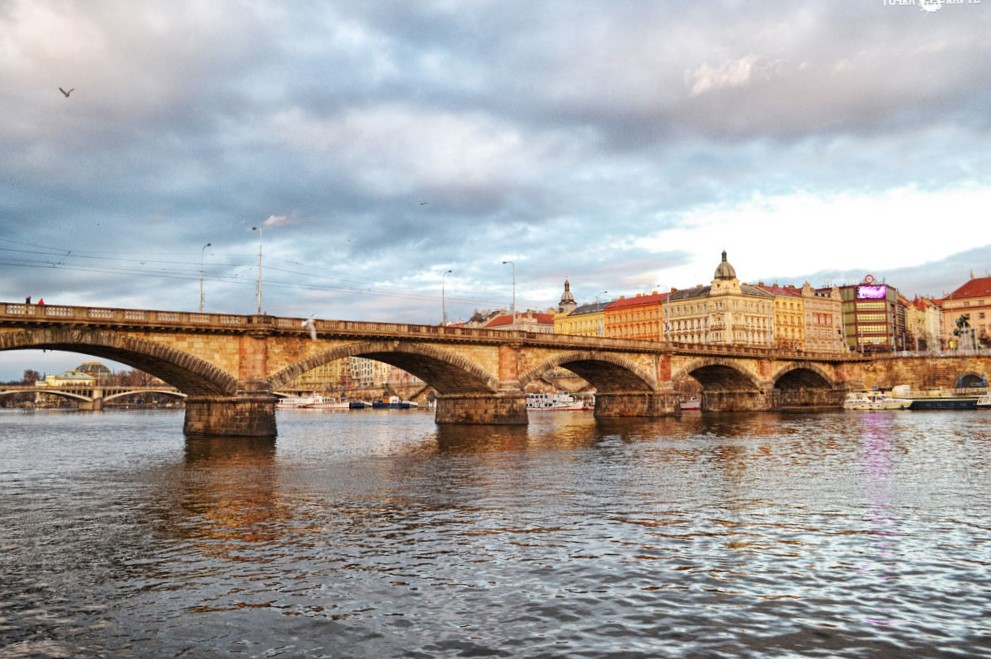
The Palacký Bridge opened as much as 144 years ago and was named in honor of František Palacký, a Czech politician who was the father of Czech historiography. During his stay in Prague, Albert Einstein walked to work on this bridge every day.
The bridge is quite long and high: it reaches almost 230 meters in length and 12 meters in height.
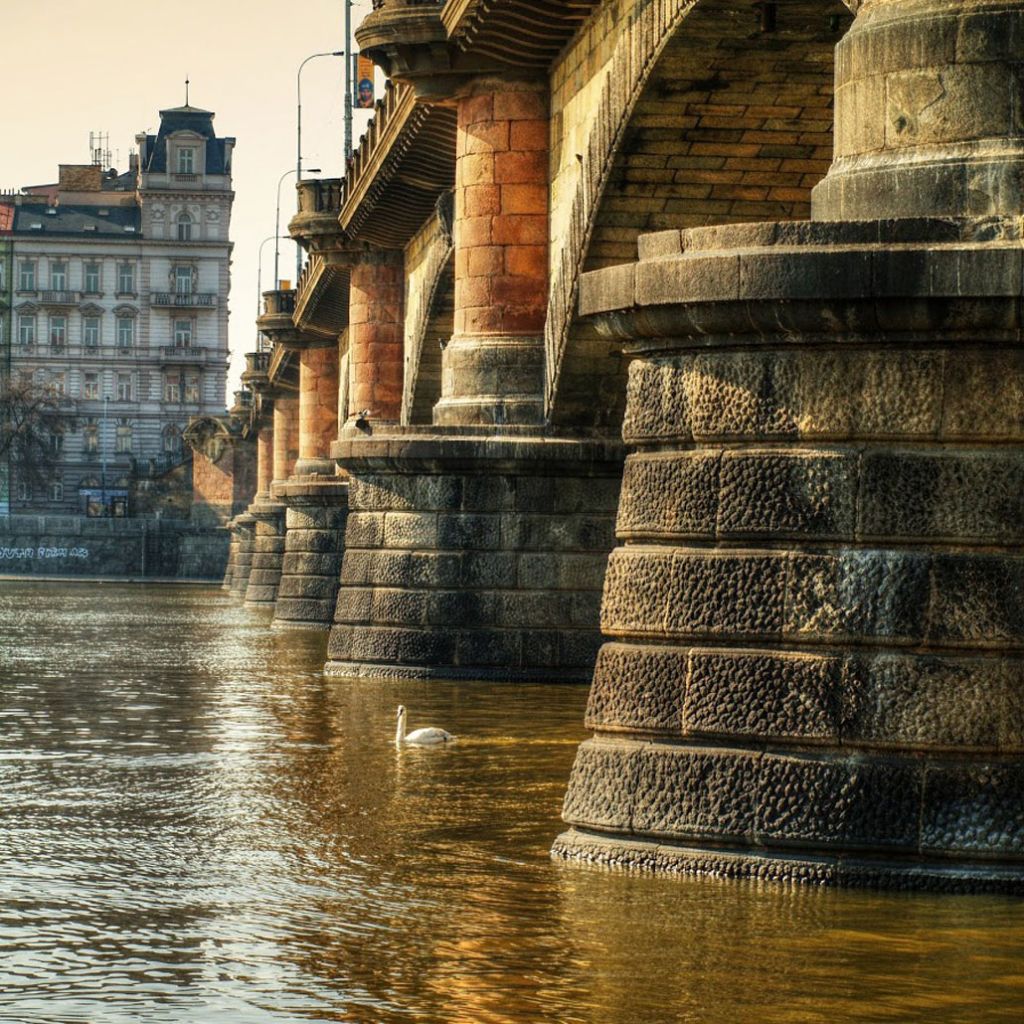
Unfortunately, due to the war in the 20th century, the bridge changed its original appearance. Thus, in the 1940s, US bombers accidentally hit Prague streets and destroyed four sculptures that decorated the bridge.
The Prague National Museum
The Prague National Museum is a depository of the country’s historical and artistic heritage. The museum was opened in the early 19th century and has since gathered an impressive collection of artifacts.
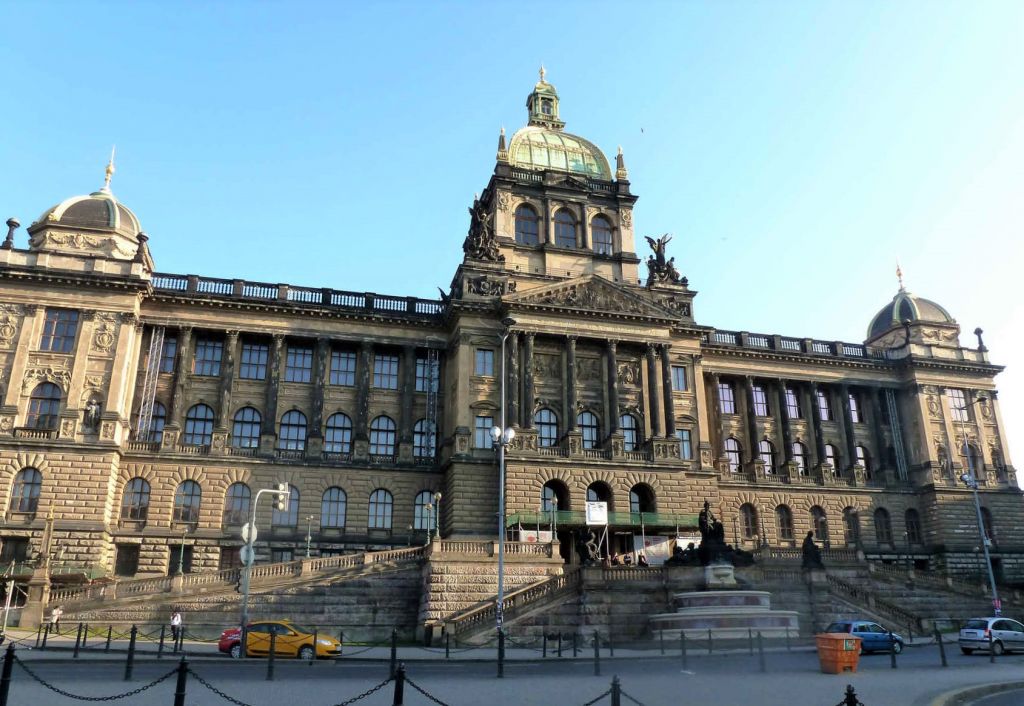
The building’s exterior can also be called a work of art. Built in the Neo-Renaissance style and decorated with various bas-reliefs, it is more than 70 meters high and about a hundred meters long.
At the front face of the museum, there is a statue with three figures: Bohemia, the personification of art and science, a girl, an allegory to the Vltava and an old man, a symbol of the Elbe River.
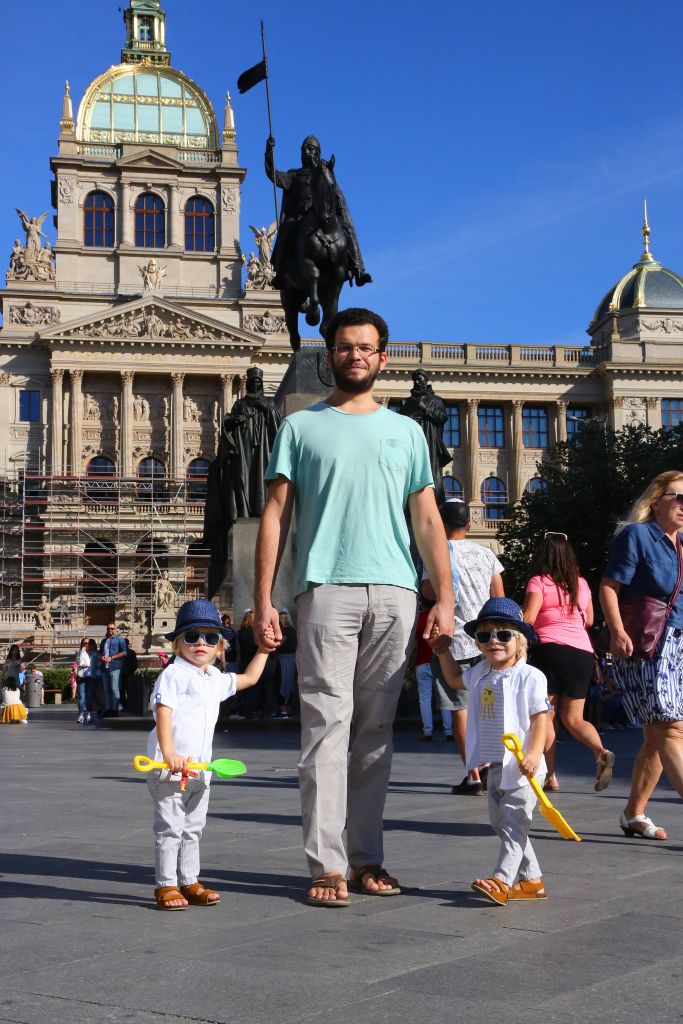
Today, the building houses the Museum of Natural Science and History and also the huge Library. It contains 1.3 million volumes of books and 8,000 manuscripts.
Disappointingly, the National Museum was under restoration during our stay in the Czech Republic, so we could not visit this showplace.
The Franz Kafka Museum
It is difficult to imagine the gorgeous and sunny Prague gloomy and depressing. But this is the environment of the Franz Kafka Museum: this was how the Czech writer, who loved and hated his city at the same time, saw it.
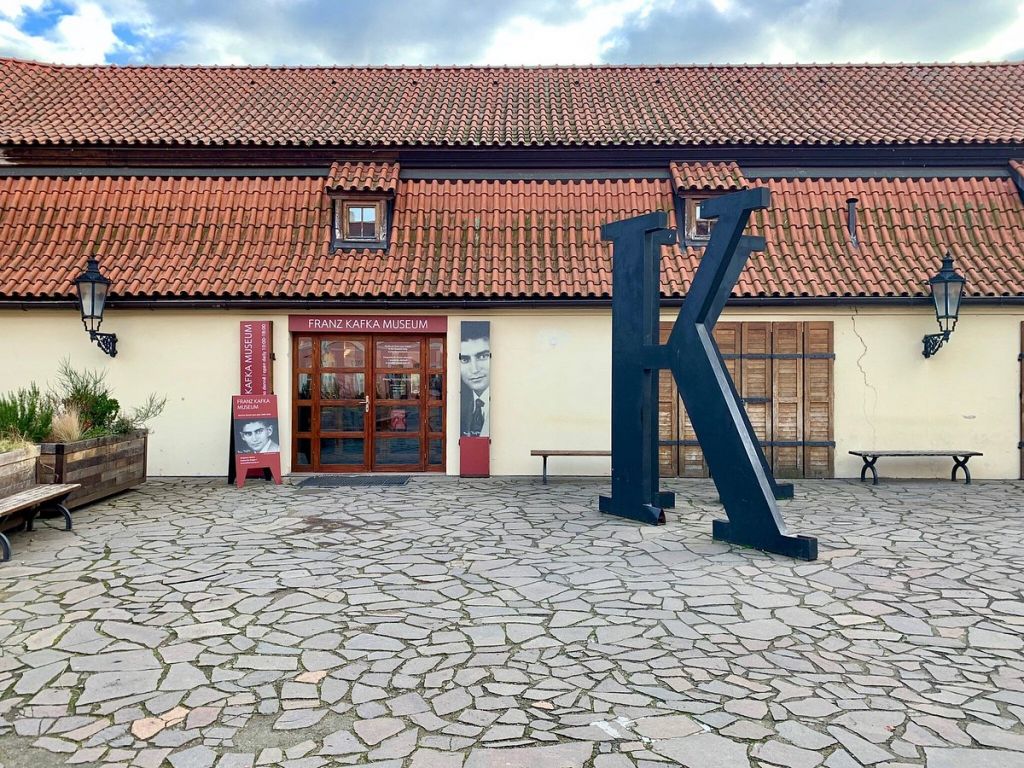
Dim lighting, narrow passages, small windows, oppressive music and dark interior decoration – this is the museum’s atmosphere. It exhibits documentary materials, various manuscripts, sketches of the author, and the walls are full of quotations from his diaries.
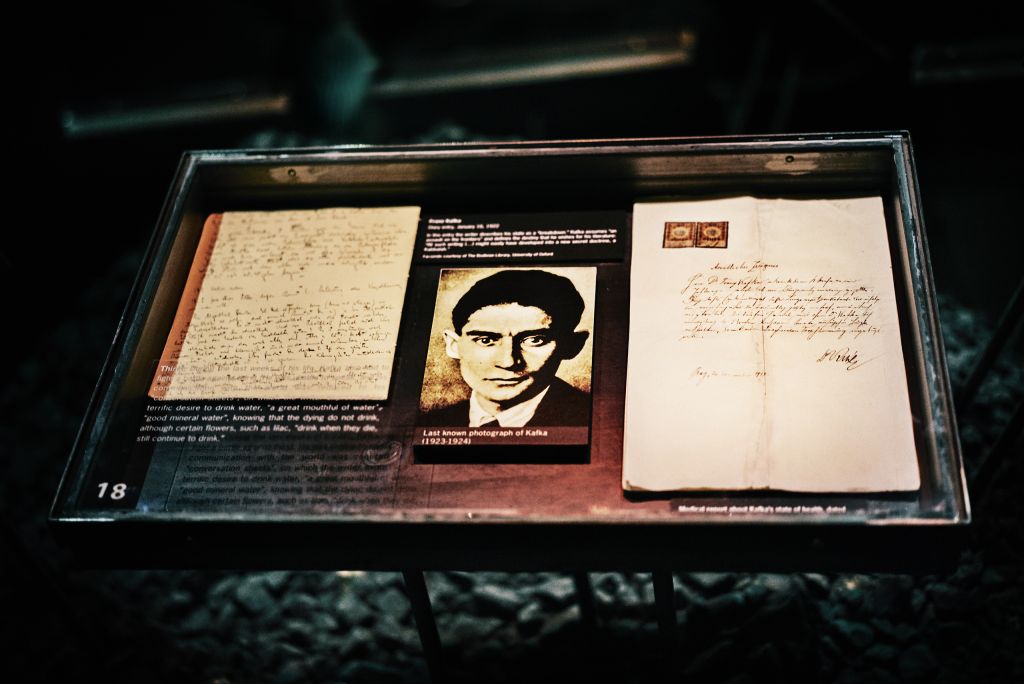
The exhibition itself was opened in 1999, but its initial “place of residence” was Spain. The exhibition then moved to New York City, and in 2005 to Prague, where it truly belongs.
The Mucha Museum
Among the buildings in the Gothic, Baroque and Renaissance styles that we have seen many times, we found a museum in a completely different style, Art Nouveau.
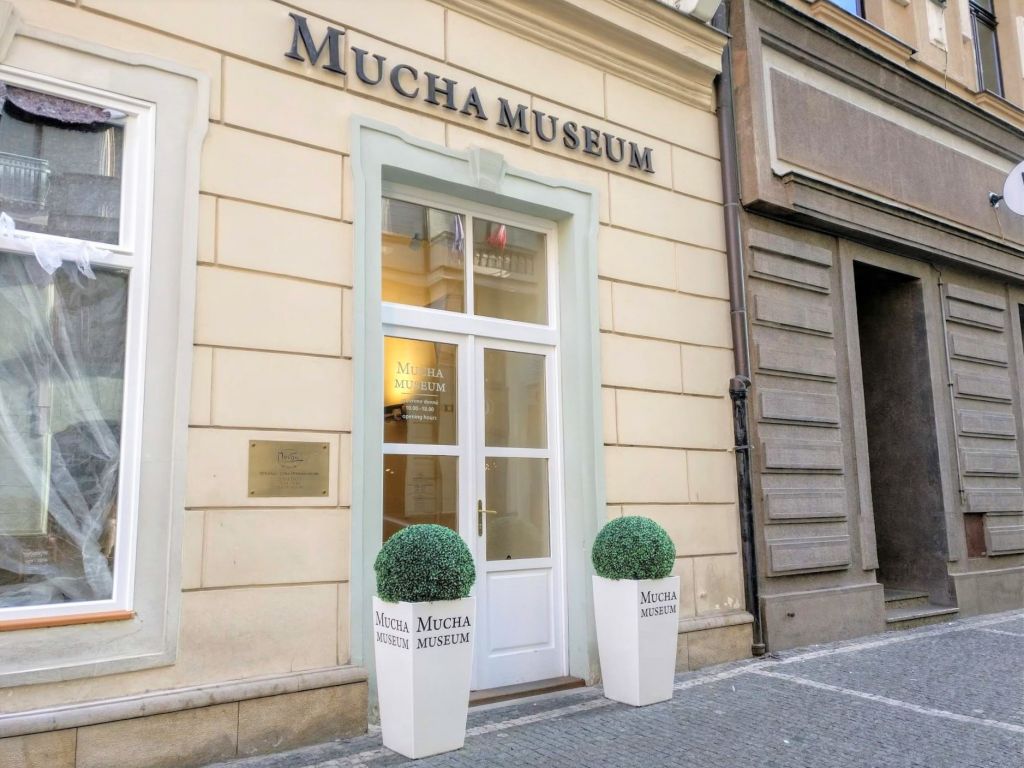
It is the only official museum of Alphonse Mucha, a famous Czech artist. It is sponsored by his heirs, who also provided showpieces for the exhibition.
Alphonse Mucha was a person of many talents. In the museum, we learned not only about his paintings but also about his posters, decorative murals and documents, as well as photos. Moreover, Mucha independently arranged theatrical events and designed clothing for them. The clothes are also exhibited in the museum.
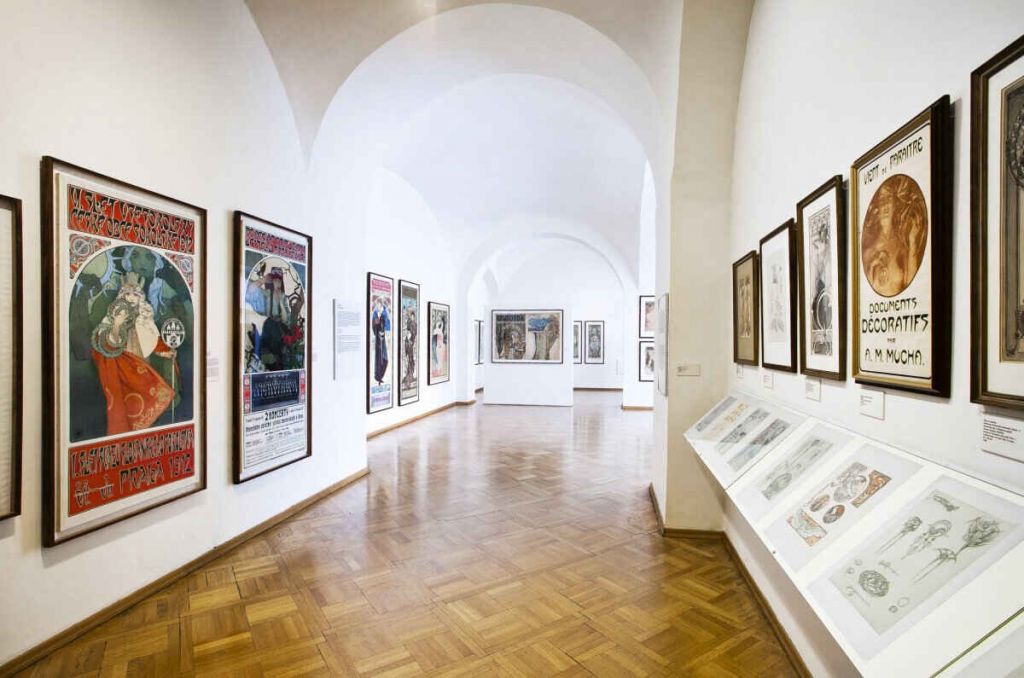
The Chocolate Museum
In addition to the ordinary museums, we found that there are many so-called “mini-museums” in Prague. They attract many tourists, and their main purpose is not education but sale: along with visiting a thematic exhibition, guests are offered to buy various products and gifts.
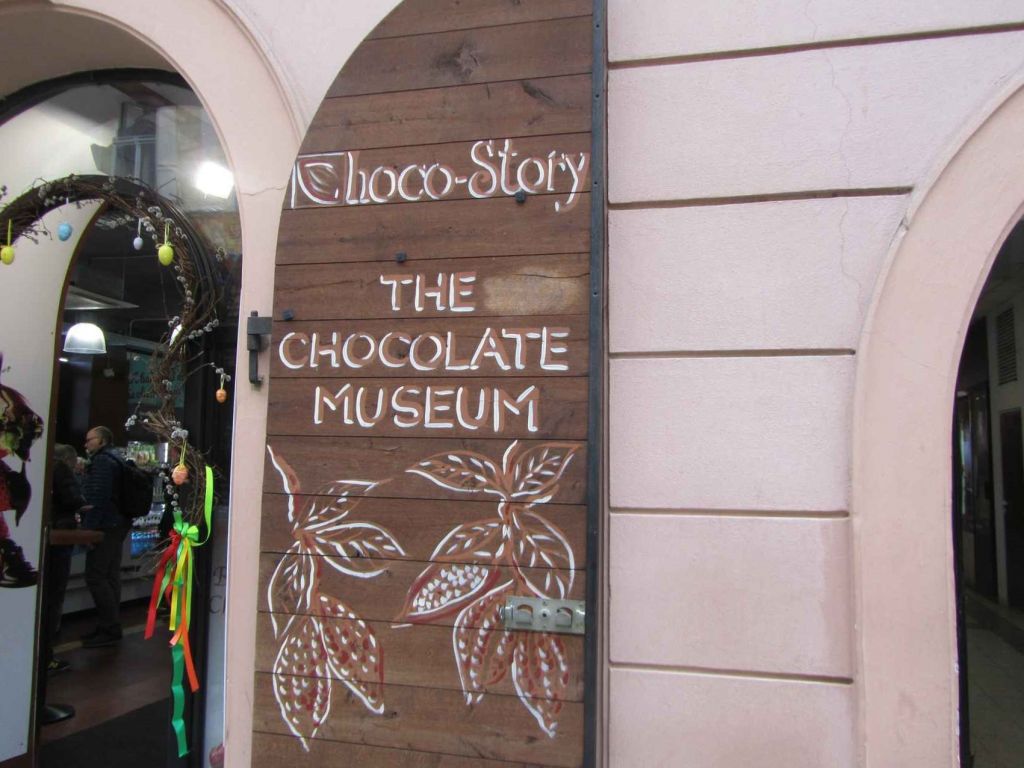
One such store museum, for example, is the Choco-Story Chocolate Museum. Here, we learned not only about the history of chocolate but also about the technologies and peculiarities of its production.
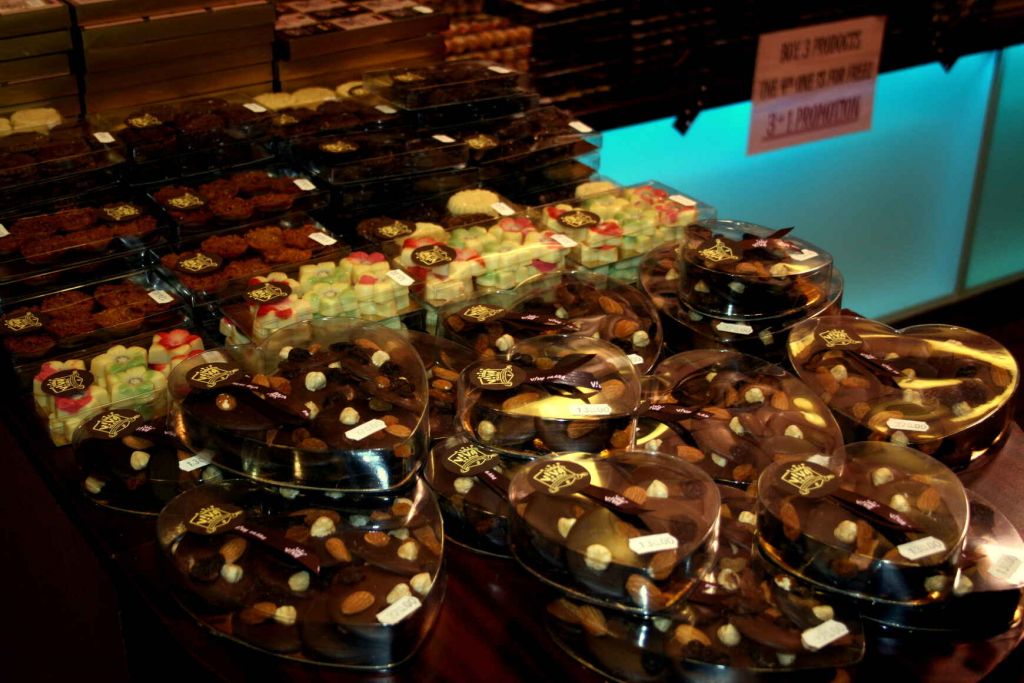
Prague Castles
Most Prague castles were constructed in the Middle Ages. The inhabitants of the castles were kings, archbishops, aristocrats and other confidants of the feudal family.
They constructed these buildings on the hills – and it was for a good reason. After all, they had to inhibit the enemy’s access to these magnificent structures in any way.
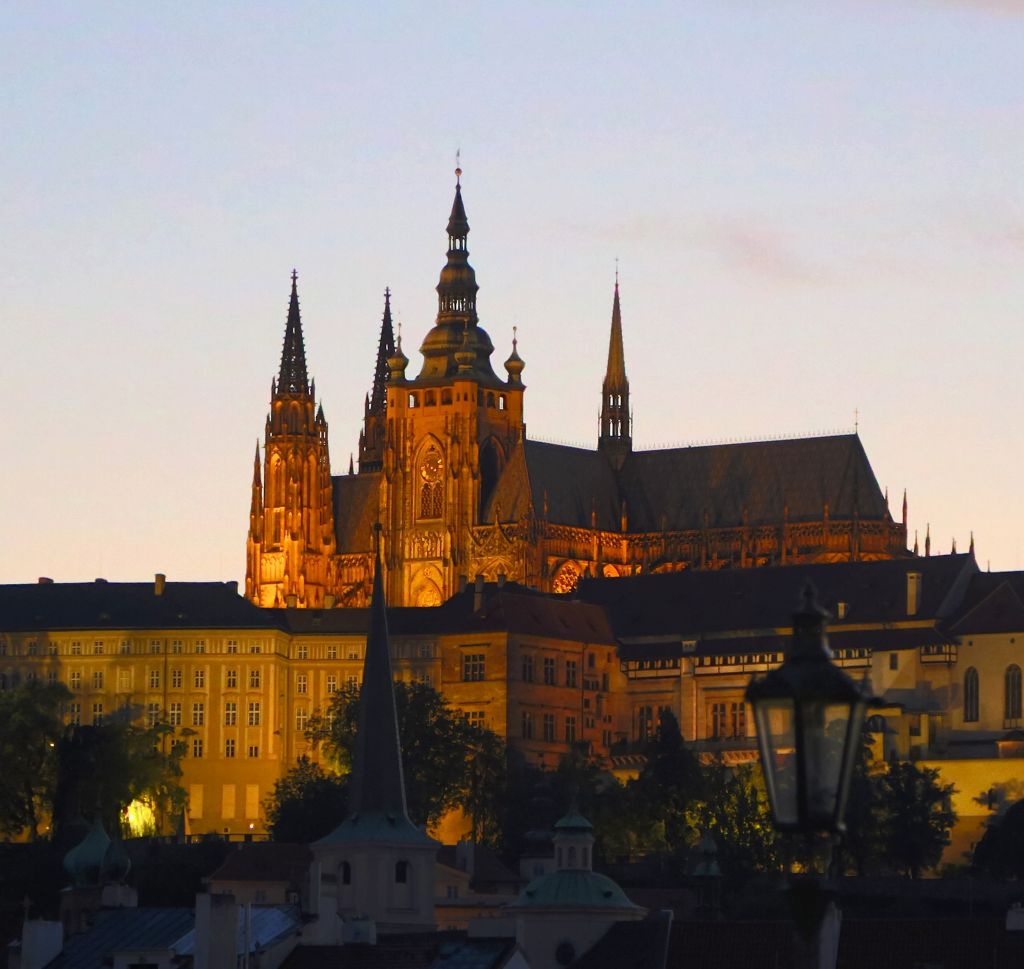
Over time, infrastructure developed around the castles. These were small settlements inhabited by ordinary people – they mostly included artisans and warriors guarding the castle outside.
This inaccessibility caused a huge gap between close associates of the royal family and the settlement residents. The ordinary people could only speculate on what really happened behind the high walls of the stone structures.
“The Castle” by Franz Kafka helps us to understand the structure and relationships between the inhabitants of castles and surrounding villages. Enticing, evocative of a mirage, they were almost impossible to reach through a complex bureaucratic system – this is how the author described the castles of the Czech Republic.
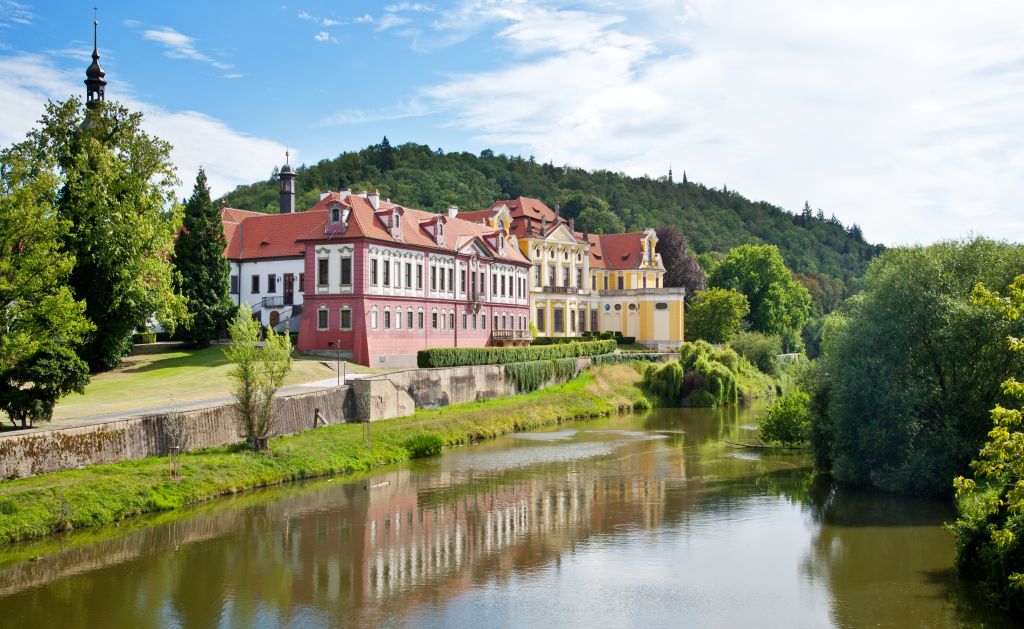
Troja Palace
We found Troja Palace one of the most beautiful in Prague. This huge palace, surrounded by gardens, hedge mazes and fountains, was built as a country house.
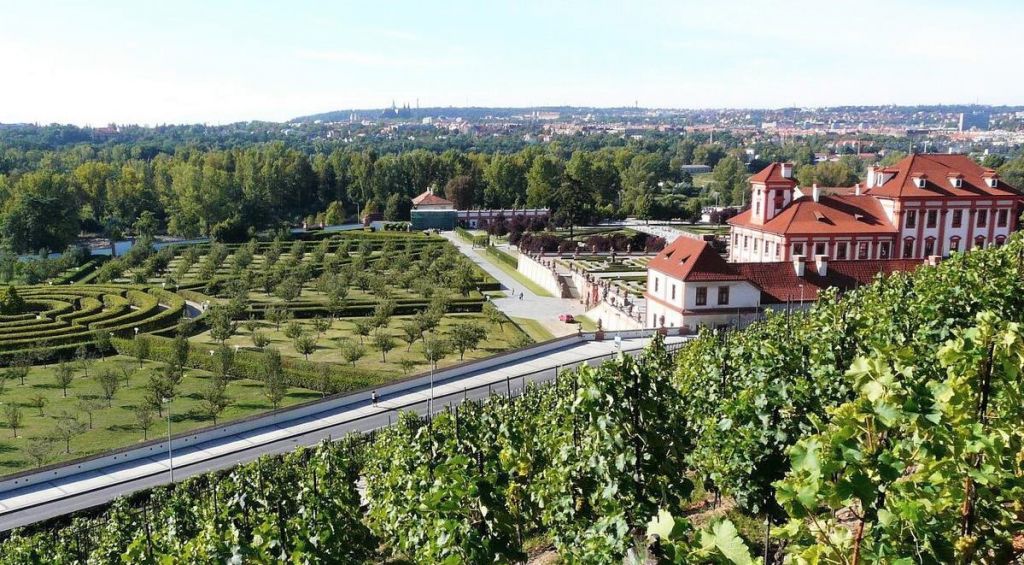
The greatest value of the palace is the Emperor’s Hall, decorated with unique paintings. It has the effect of three-dimensional space, and no matter what angle we looked at it, the paintings changed their shape and appearance.
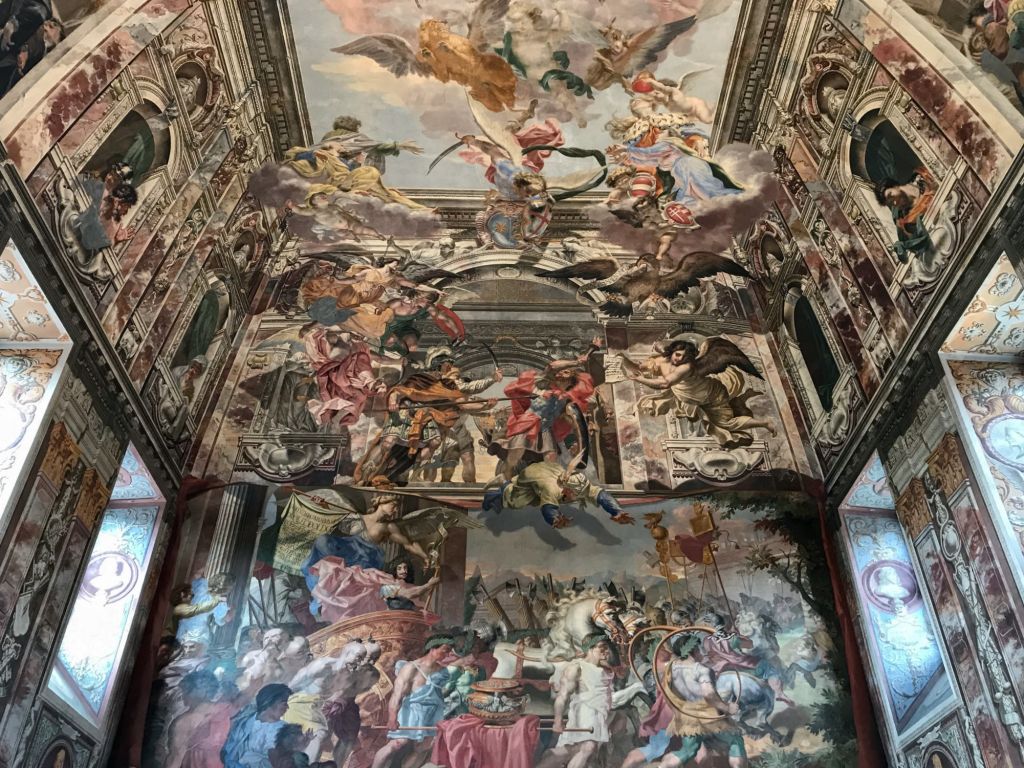
The staircase at the front face of the building also fascinated us. Its main figures are characters of ancient myths.
Vyšehrad
The Vyšehrad Citadel was built in the 10th century. Its top offered us amazing views of the entire Czech capital.
In addition to the panoramic views, the castle is also famous for its sights. Casemates are perhaps the most popular of them.
This is a dark place that previously was lit only by several hatches in the ceiling. The total length of all passages is 1 km, however, only a small part of them was accessible to visitors.
Another remarkable construction on the hill is the Basilica of Saint Peter and Saint Paul. It is the main building of the district and is visible from almost anywhere in the city.

The basilica was erected a century after the citadel construction and was rebuilt several times. After each reconstruction, its appearance also changed: throughout its history, it “put on” the Baroque, Romanesque and neo-Gothic styles.
Next to the basilica, there is a quite large and beautiful cemetery, the grave site of prominent Czech leaders. Here, we could see both family tombs and separate burial spots with various sculptures.
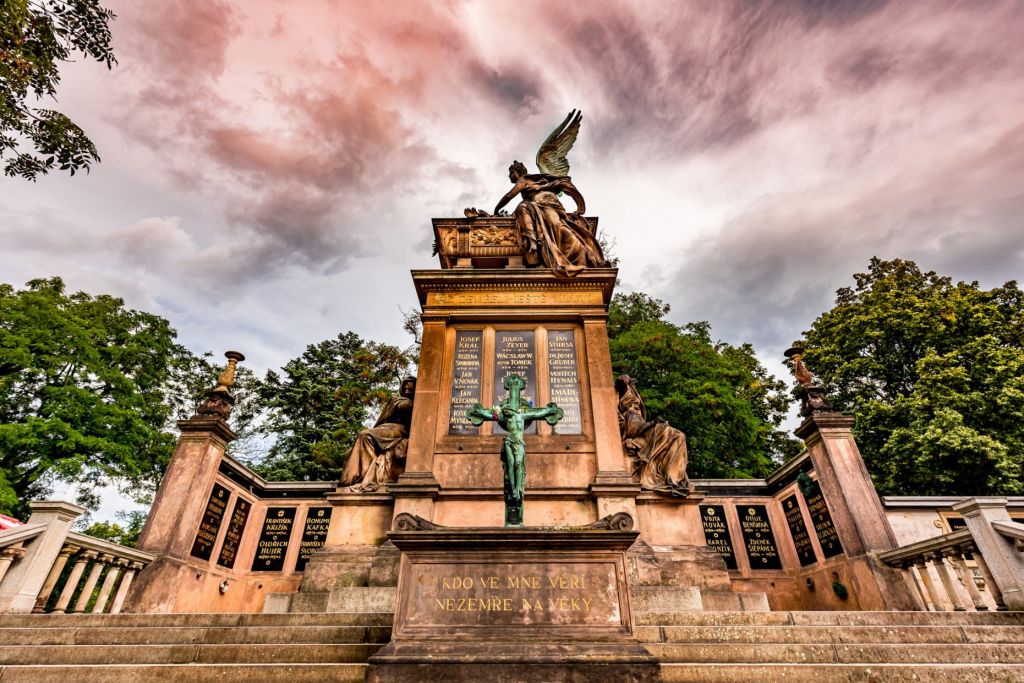
Houska Castle
Houska Castle is enveloped in secrets and mystery. It is located almost 70 km from Prague among the high rocks.
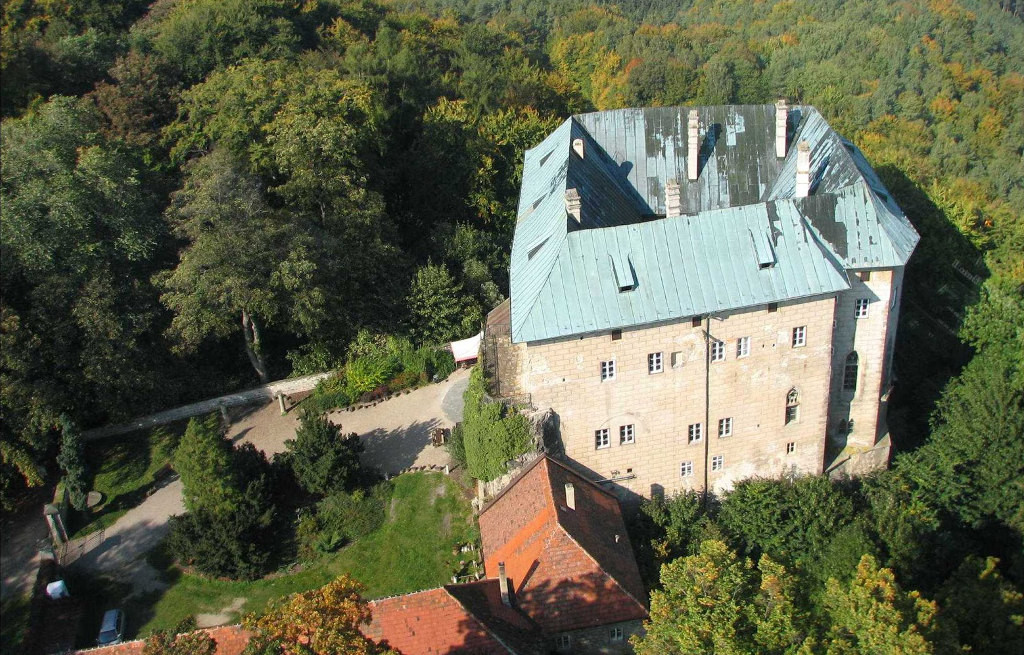
According to legends, there was a deep well that released various monsters who killed livestock and travelers.
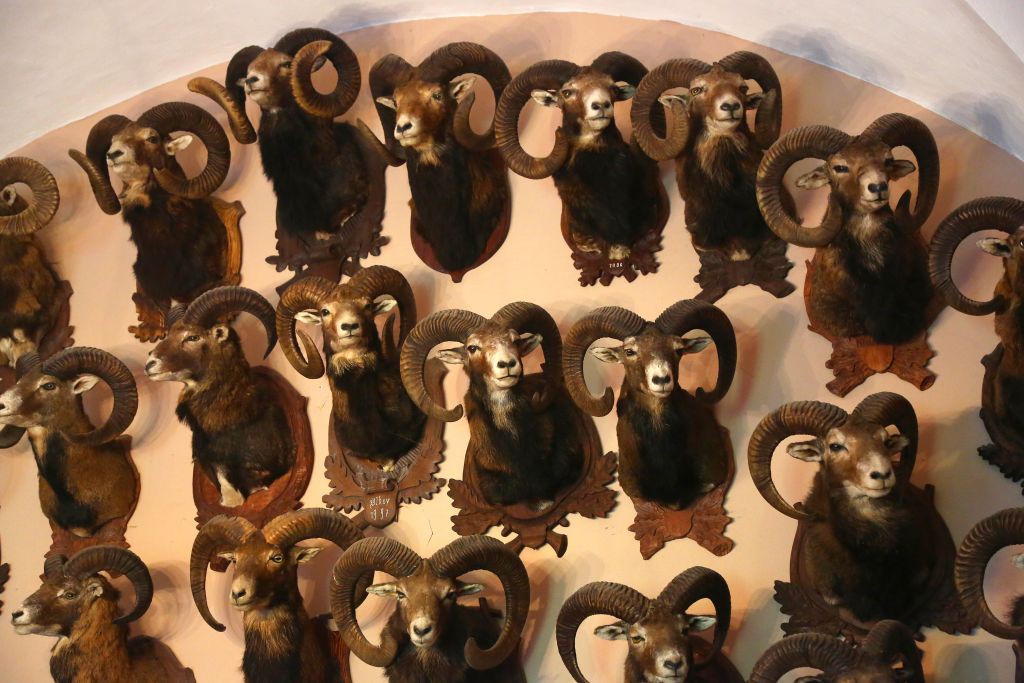
In the 9th century, Prince Slavibor commanded to build wooden structures in this area so that his son could keep an eye on the mysterious well.
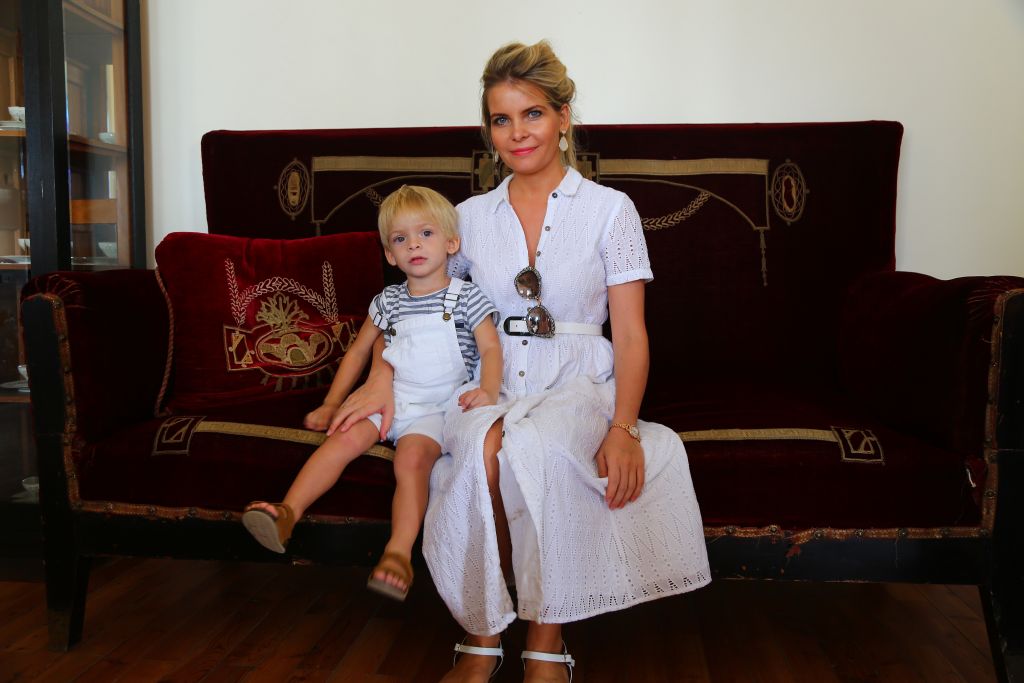
The years did not spare the wooden structures, and in the 13th century, a stone castle was constructed around the well to serve the same purpose.
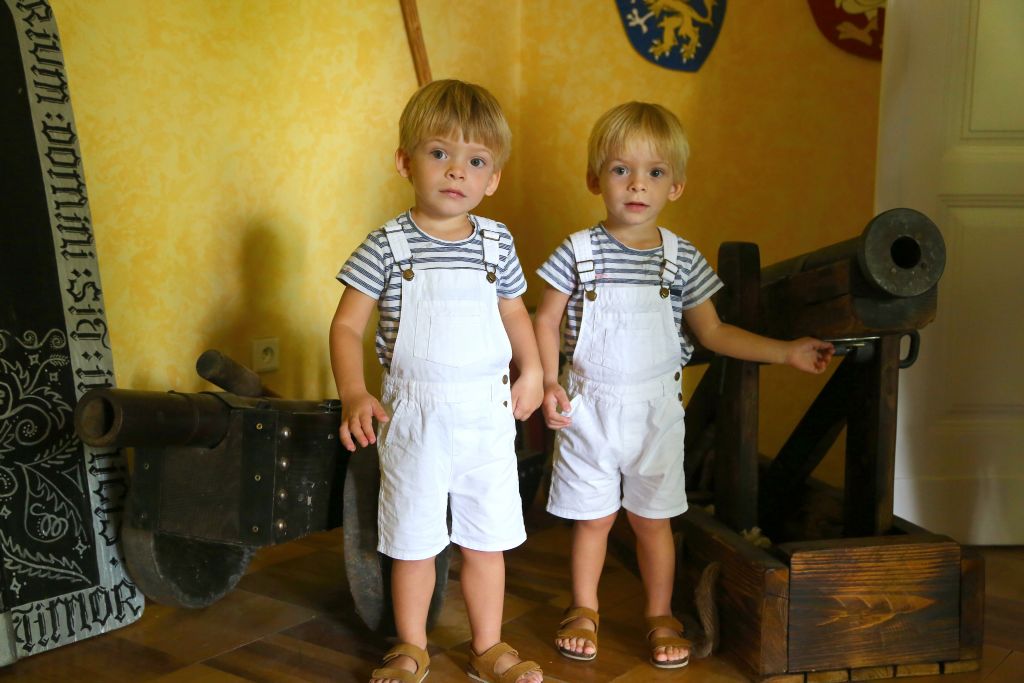
Nowadays, the castle hosts various festivals, knight tournaments, fairs and even weddings. The locals, however, are still wary of the place: sometimes, they hear noises, quiet laughter and other terrible sounds here.
The Průhonice Castle
The Průhonice Castle is a large castle located 30 minutes from the city center.
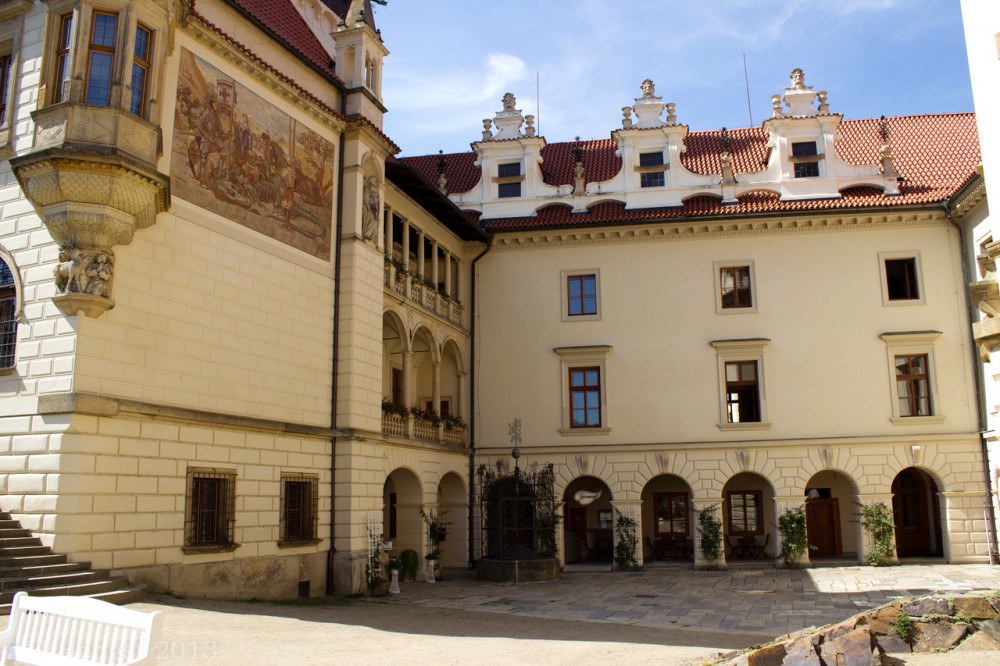
It was originally built in the Gothic style, but due to the reconstructions, it got a more modern look – a fancy building in the Neo-Renaissance style.
Today, it houses the Czech Institute of Botany so the better part of the castle is unavailable. However, we managed to visit its viewpoint, from which we could contemplate a fascinating landscape with a small pond and surrounding plants.
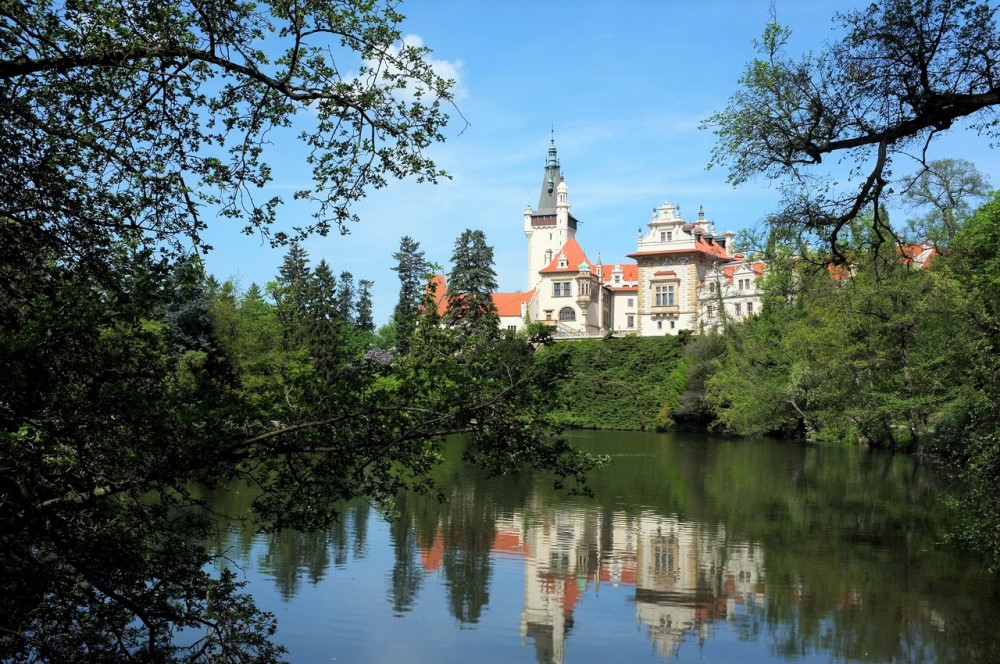
Moreover, next to the castle, there is a unique park that is famous for its rhododendron collection. We were lucky to discover these plants in the summer, the time of their rapid flowering.
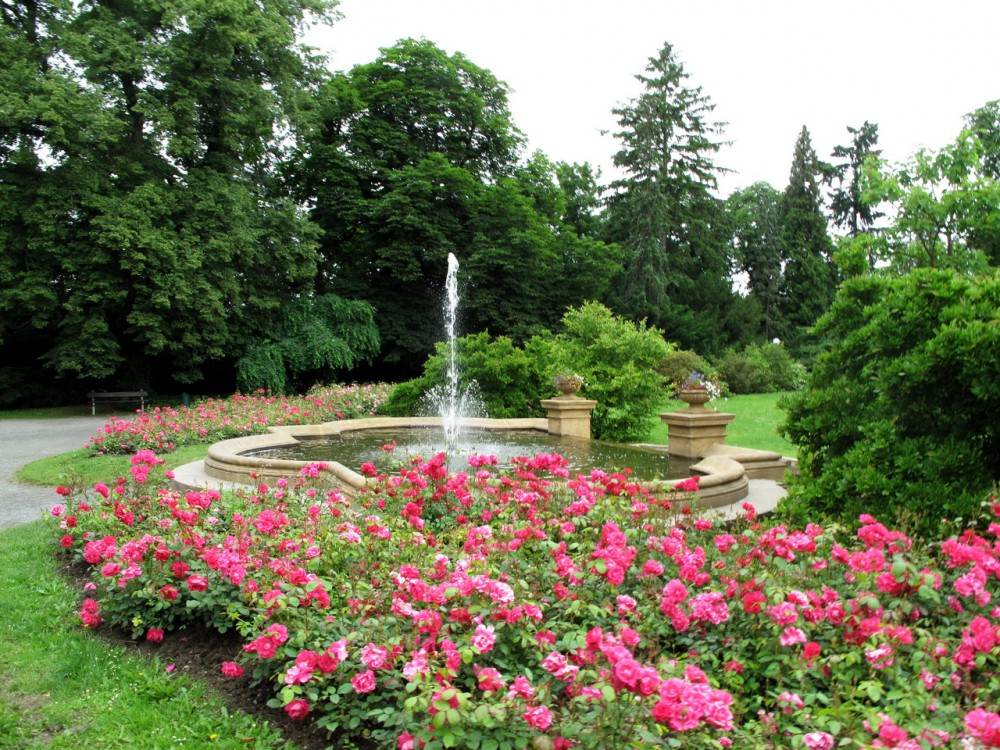
The Abundance of People in Restaurants
Prague’s restaurants fit every taste. They include fancy and inexpensive restaurants, as well as small cafés of particular themes.
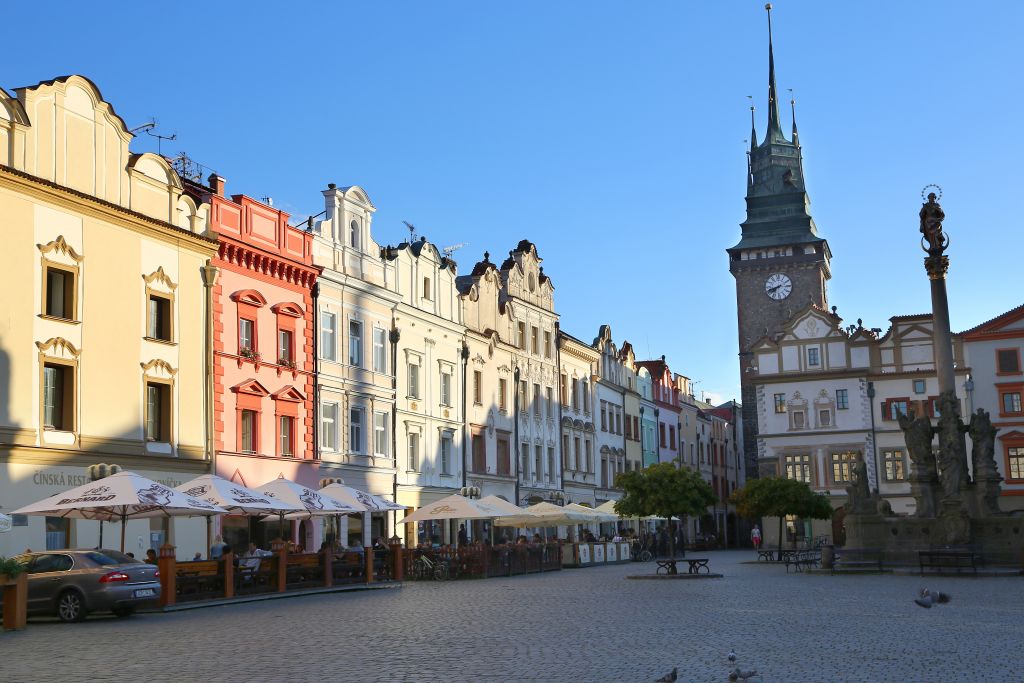
Curiously, most of the small restaurants are almost always crowded with visitors. This applies to both tourist and more remote areas. And in order to visit them, we had to thoroughly search for venues with available seats.
In addition to small eateries, there are many theme restaurants in Prague. Thus, close to our home, there was a wonderful restaurant of Greek cuisine that pleasured all of us.
Czech Cuisine Specifics
Having come to Prague, we, of course, wanted to try the national Czech cuisine as soon as possible. Usual Czech food includes mainly meat dishes and a lot of beer drinks. And even though we hardly eat meat and completely do not drink beer, we easily managed to find food to our liking.
Notably, there are dishes in the Czech Republic that used to be common among poor people. One of them – vepřové koleno (“a pork knuckle”) – is part of the leg of a just-killed boar. Today, this dish is baked on fire or in the oven, marinated and served up.
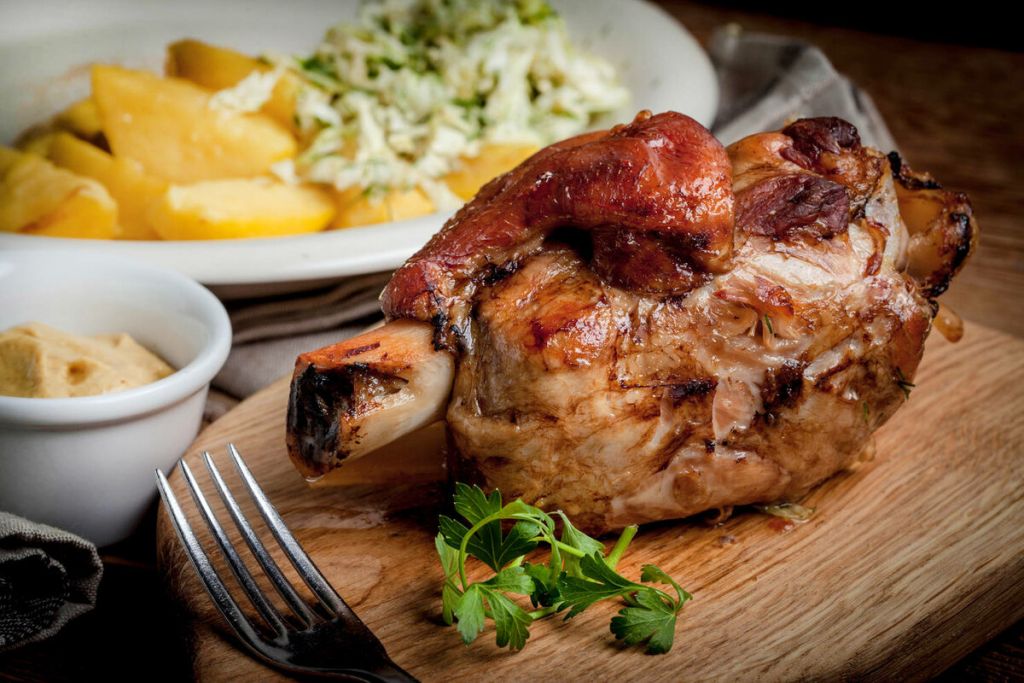
Another dish that was popular among the lower classes is knödels. It is a side dish made from potato or flour products, which is customary to eat with gravy or goulash.
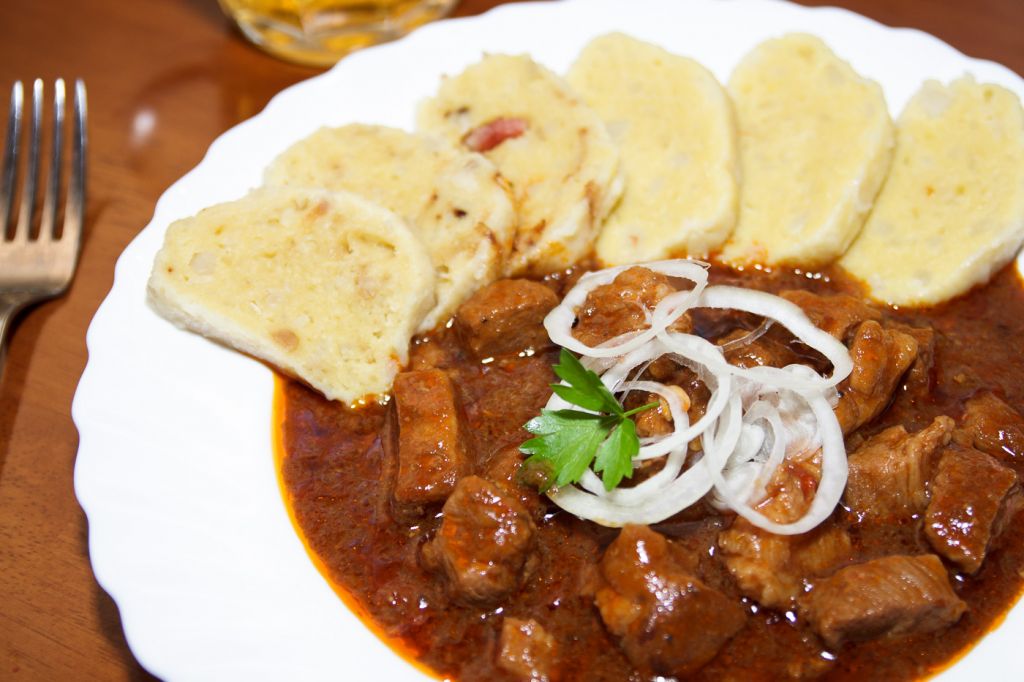
Trdelník, a treat with a tongue-twisting name, is also in great request here. It is a small pastry roll topped with cinnamon, nuts and powdered sugar. Today, celebrations or fairs are rarely held without these pastries.
Conclusion
Prague is undoubtedly a fairy-tale city, each part of which has its own unique and exciting history.
We will long remember its one-of-a-kind and fascinating environment, high Gothic spires and towers, as well as our wonderful stay in this lovely historical site.
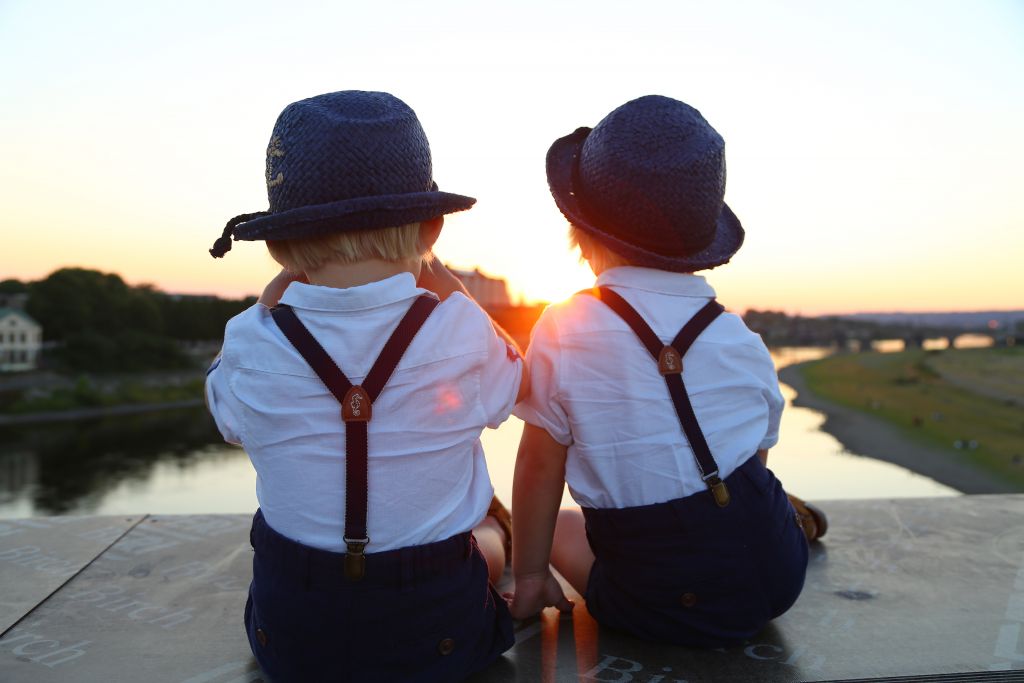


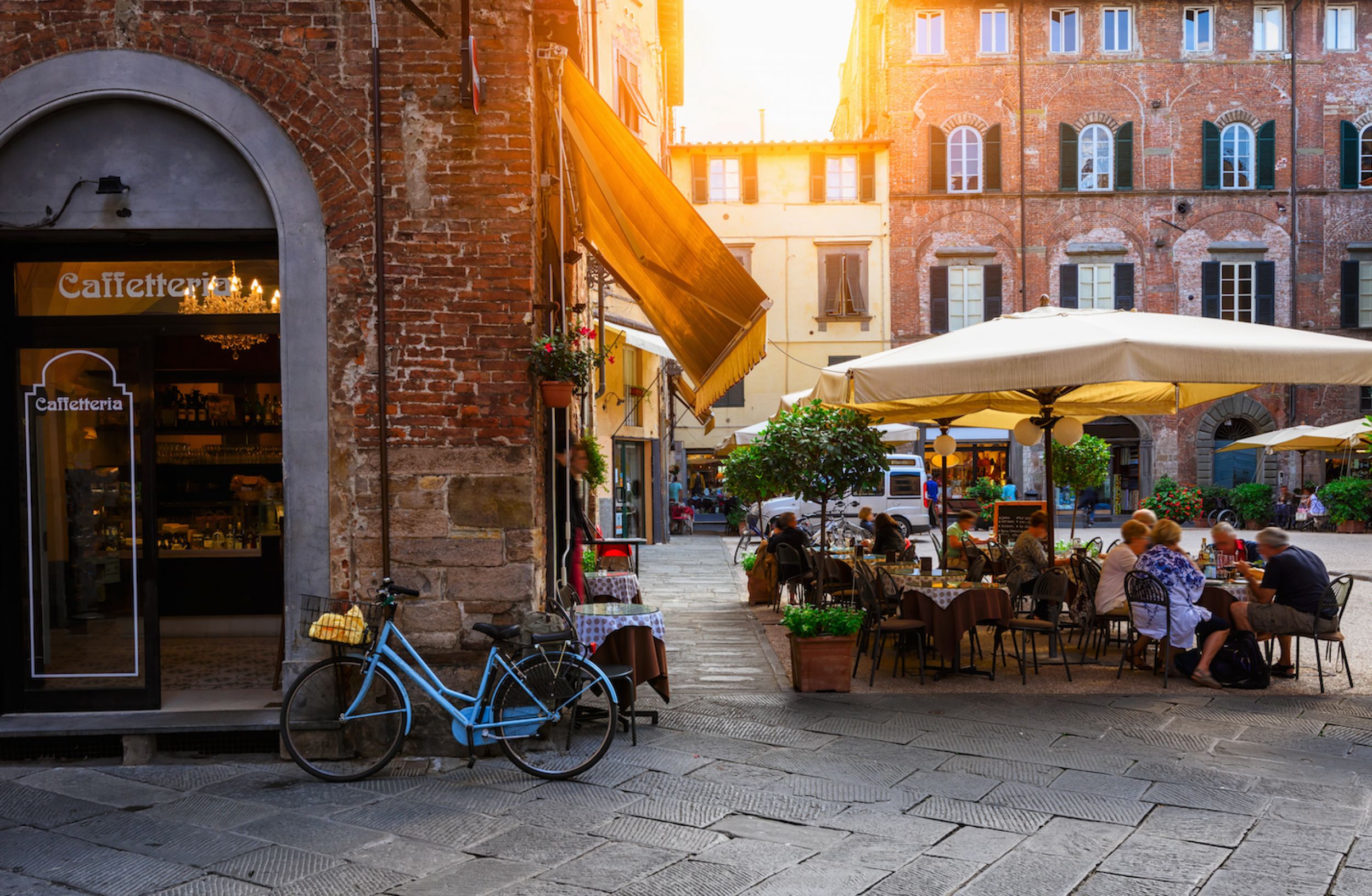
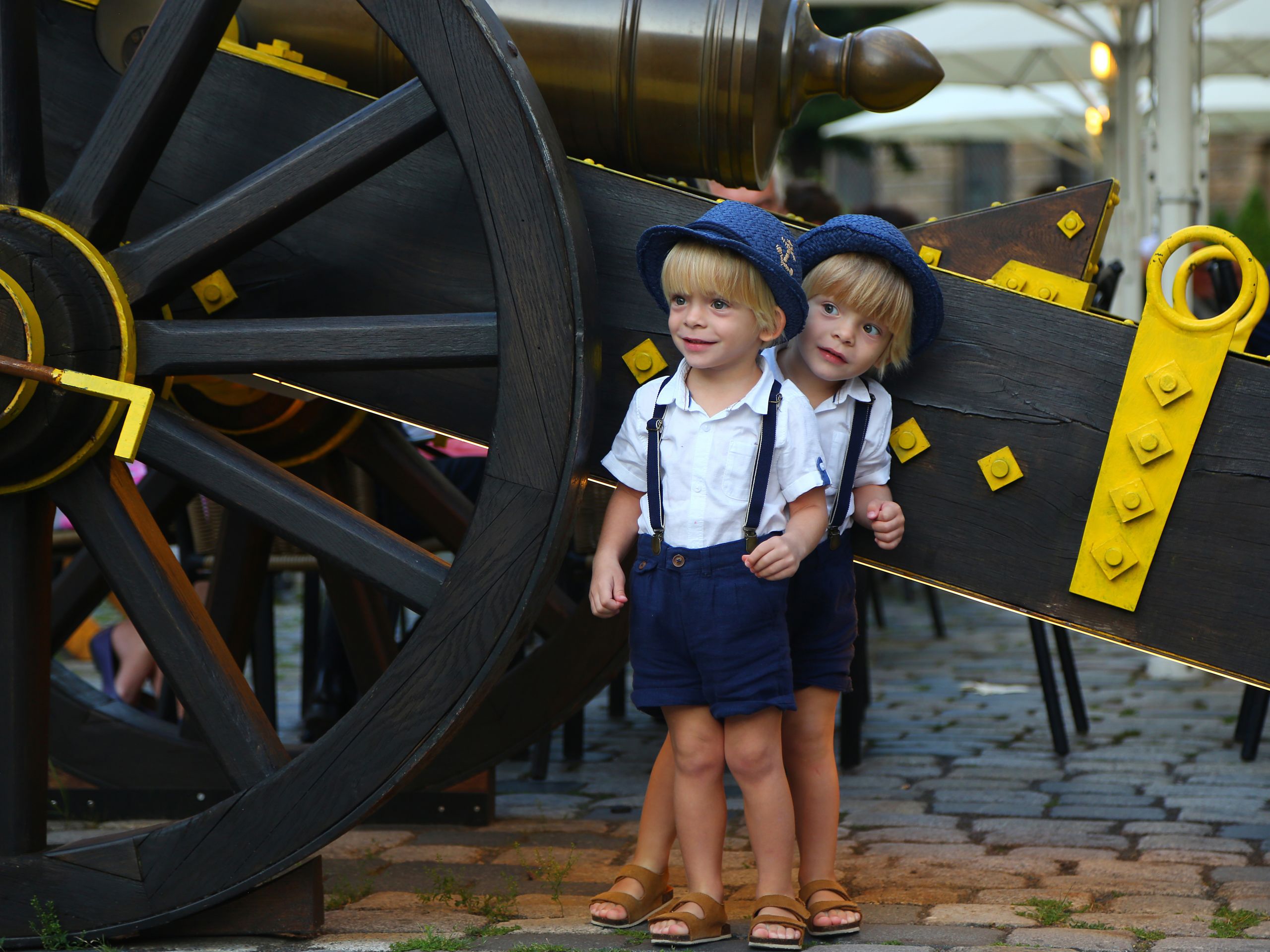

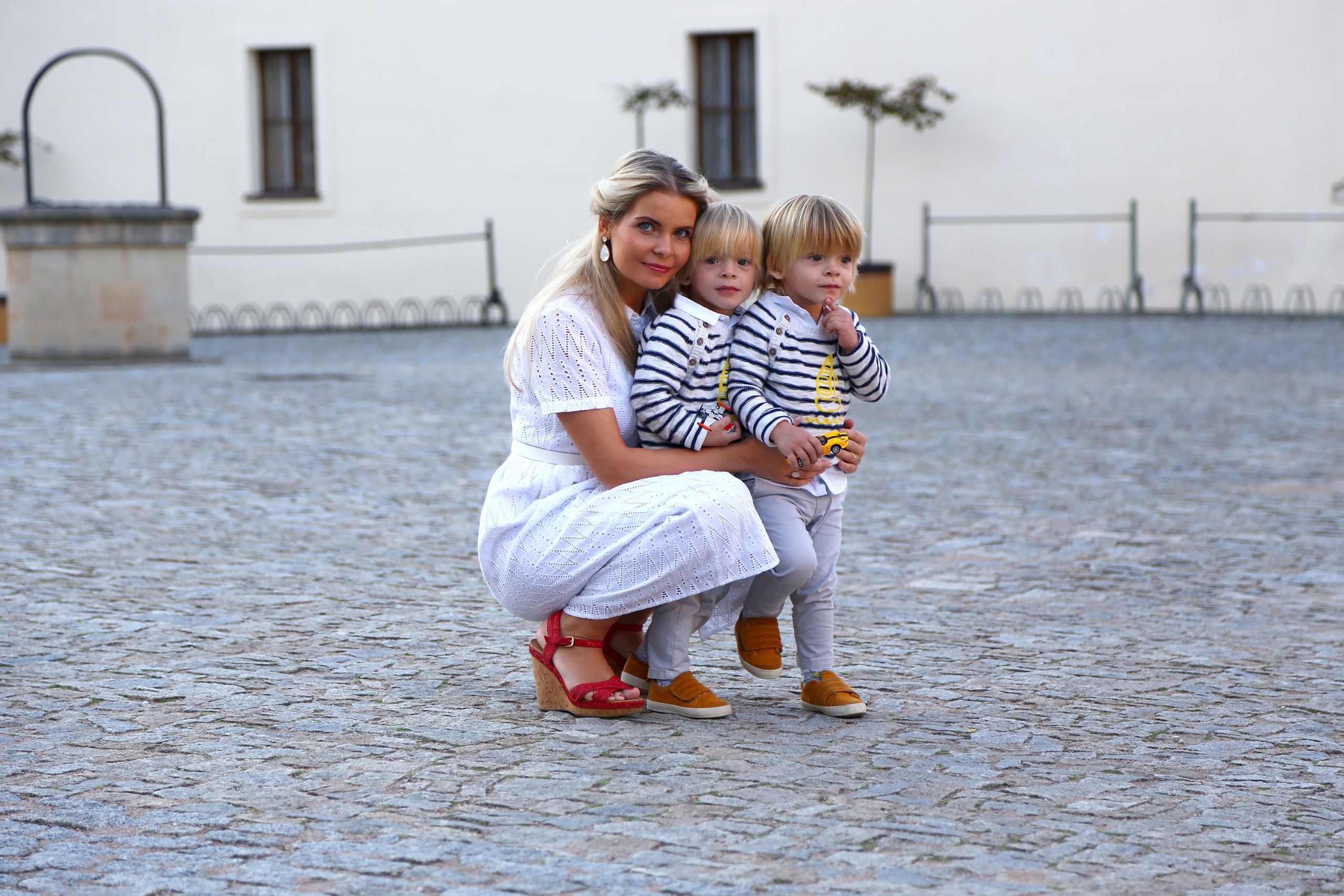
Leave A Comment